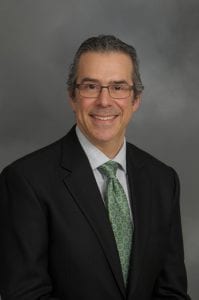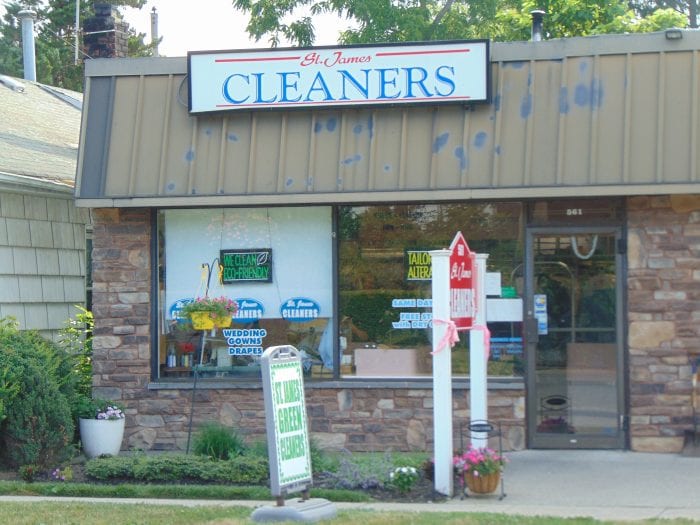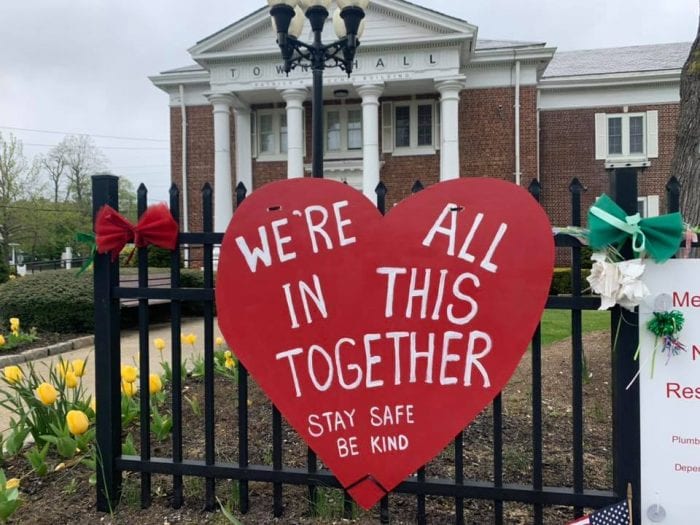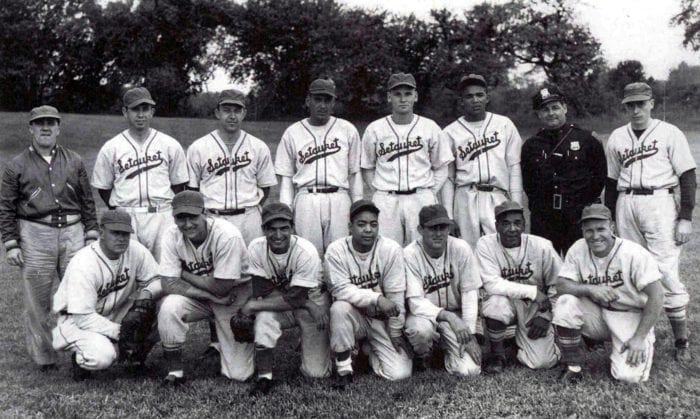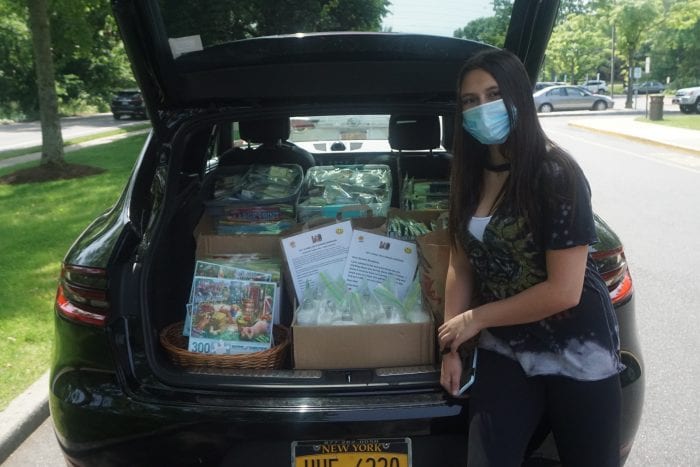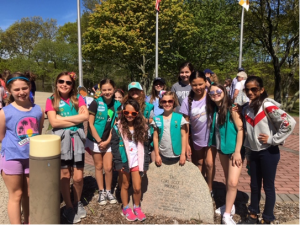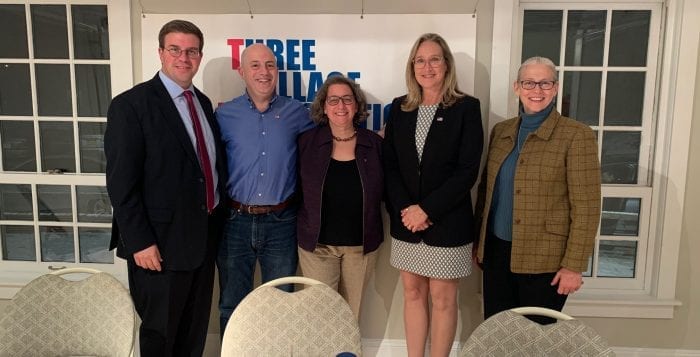Grant will help fund new online educational programming
The Long Island Museum (LIM) announced on June 30 its award of a $59,713 grant from The National Endowment for the Humanities (NEH) to help fund the Museum’s new online educational programs that will be offered in the midst of the COVID-19 pandemic.
“We are thrilled and honored that the NEH is supporting our proposal of a new virtual educational program,” said Long Island Museum Executive Director Neil Watson.
“Since closing our doors in mid-March, the LIM staff has been working both creatively and tirelessly at meeting the needs of our community, particularly our school children and teachers,” he explained.
As so many of the museum’s standard offerings have transformed over these past four months, the need to dynamically adapt is ever apparent. After only a few weeks of their temporary closing, the LIM Launched the successful At Home With the LIM, a series of online family art and history activities, based on the Museum’s collection, historic buildings and grounds.
With school visits from many local districts in the fall likely to be greatly constrained, the LIM has since been making plans to redesign what they can offer schools with the use of technology.
“We believe objects from our collections provide uniquely visceral connections and learning opportunities,” said Joshua Ruff, Deputy Director, Director of Collections and Interpretations. “Realizing we are unable to bring school audiences to our collection, this project plans to bring the collection to them through remote field trips.”
The LIM will establish a “portable virtual classroom unit”, a mobile virtual studio with live streaming capability, to broadcast interactive classes from their unique historic buildings and museum galleries. To accommodate the virtual classrooms, the museum’s data network will be upgraded and expanded to teaching-critical areas museum wide by facilities/IT personnel.
Funds received from the NEH grant will enable the Museum’s Education Department to address the challenges schools will face in the 2020/2021 school year and allow the purchase and installation of essential upgrades to the data network of the LIM campus.
“In what is certain to be a school year filled with many firsts and changes, with this funding we can offer enriching new ways to make sure schools do not lose important connections to our museum,” said Lisa Unander, LIM’s Director of Education.
The Long Island Museum, located at 1200 Route 25A in Stony Brook, is one of 317 humanities projects in this round of funding. The $40.3 million in total grants nationwide will support vital research, education, and public programs in the humanities.





